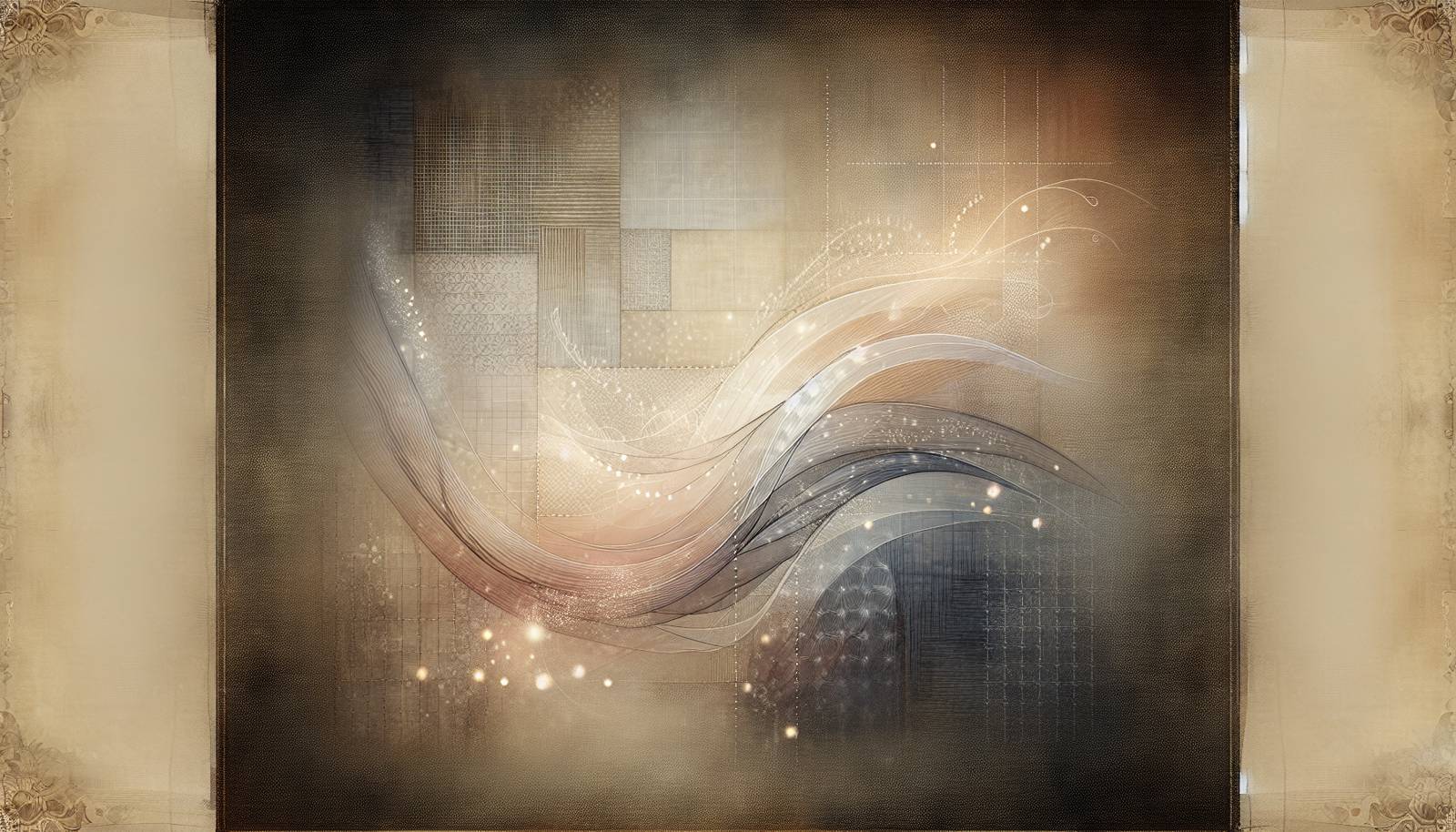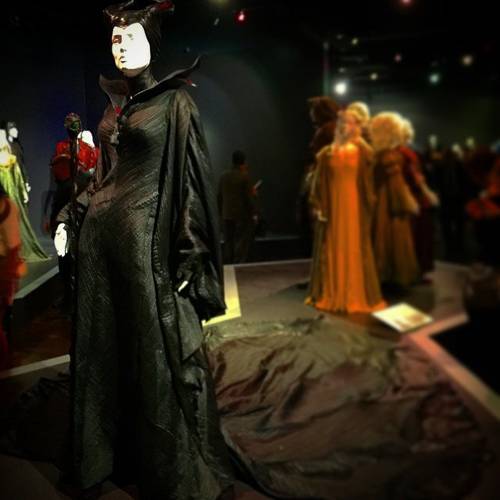
FAQ About The Role of Costume Design in Film and Theater

What is the role of costume design in film and theater?
Costume design plays a crucial role in film and theater by visually defining characters and settings. It provides insights into a character's personality, status, and evolution throughout the story. Moreover, costumes help establish the time period and place, enhancing the authenticity and depth of the narrative.

How does costume design influence character development?
Costume design influences character development by reflecting the character's personality, social status, and emotional journey. Changes in costume can indicate a character's growth or transformation, helping the audience understand the nuances of a character’s arc without the need for dialogue.

How do costume designers conduct research for a production?
Costume designers conduct extensive research into the cultural, historical, and social context of the production. They study the period, place, and styles relevant to the setting, often consulting historical texts, imagery, and visiting museums or archives to ensure accuracy and authenticity in their designs.

What are some iconic examples of costume design in films?
Iconic examples of costume design in films include the elaborate costumes in "The Great Gatsby," reflecting the 1920s Jazz Age glamour, and the detailed period attire in "Pride and Prejudice." Other examples include the futuristic designs in "Blade Runner" and the fantastical costumes in "Star Wars," which have become iconic symbols of their respective genres.

How does costume design contribute to the visual storytelling of a production?
Costume design contributes to visual storytelling by helping establish the setting and mood of a production. Through color, texture, and style, costumes can signal genre, highlight key themes, and distinguish between different characters, thereby supporting the narrative structure and emotional undertones of the story.

What challenges do costume designers face?
Costume designers face several challenges, including budget constraints, tight timelines, and the need to align their vision with the director's creative intent. They must also consider practical aspects like actor comfort and the technical requirements for different types of scenes, such as action sequences or quick costume changes.

How do costume designers work with other departments in film and theater?
Costume designers collaborate closely with departments such as set design, makeup, and cinematography to ensure visual cohesion. They must align with these teams to harmonize costumes with overall aesthetics, lighting, and character styling, ensuring seamless integration within the production's visual narrative.

How are modern technologies used in costume design?
Modern technologies in costume design include the use of 3D printing for creating intricate costume parts and digital sketching tools for efficient design iterations. Virtual reality can also be used for virtual fittings and visualizing costumes in simulated environments, enhancing precision and creativity.

What skills are essential for a career in costume design?
Essential skills for a career in costume design include creativity, an understanding of fabrics and textiles, strong sketching ability, and thorough research skills. Additionally, effective communication and project management skills are crucial for collaborating with directors and production teams.

How does cultural context influence costume design?
Cultural context significantly influences costume design by informing the stylistic choices that reflect the traditions, norms, and aesthetics of different societies. Designers often incorporate cultural symbols and historical authenticity to enhance realism and depth, making costumes relevant and respectful to the cultural setting depicted.

What is the process of costume design for a theatrical production?
The costume design process for a theatrical production typically involves script analysis, research, design sketches, fabric selection, and fittings. Designers work closely with directors to interpret characters' roles visually and refine their designs through rehearsals until the final appearance complements the performance.

How do costume designers ensure historical accuracy?
To ensure historical accuracy, costume designers engage in comprehensive research, studying images, texts, and artifacts from the specific era. They may also consult historians or experts in period clothing and visit museums with collections from the time period to gather insights into textiles and garment construction methods.

What is the significance of color in costume design?
Color in costume design is significant as it can symbolize emotions, highlight themes, and establish character traits or allegiances. Designers use color palettes intentionally to influence mood, convey messages, and guide the audience's emotional response to scenes and character interactions.

How do costume designs differ between film and theater?
Costume designs differ between film and theater primarily due to differing audience experiences. In theater, costumes need to be more exaggerated and visible from a distance, often focusing on durability for live performance logistics. In film, costumes can include more intricate details due to the camera's ability to capture close-ups, allowing for subtle nuances.

What role do costume sketches play in the design process?
Costume sketches are crucial in the design process as they serve as a visual blueprint for the costumes. They help convey initial ideas and concepts to directors and production teams, facilitating discussions and iterations before moving to the production stage, ensuring clarity and alignment with the artistic vision.

How is symbolism used in costume design?
Symbolism in costume design is used to infuse deeper meanings into characters’ appearances, often by subtle elements like garment style, color, or accessories. For instance, a character's progression from dark to light clothing can symbolize personal growth or redemption, enhancing narrative complexity.

What educational paths lead to a career in costume design?
Educational paths to a career in costume design typically include degrees in fashion design, costume design, theater arts, or fine arts. These programs often combine studies in design principles, textiles, art history, and practical workshops, alongside opportunities for internships and hands-on experiences in theater or film productions.

How has costume design evolved over time?
Costume design has evolved considerably over time, moving from functional garments to a sophisticated art form integral to storytelling. Advances in technology and materials have expanded possibilities, while shifts in cultural norms and artistic trends continue to influence styles and approaches, keeping costume design dynamic and innovative.

What is the impact of budget on costume design?
Budget significantly impacts costume design, as it dictates material choices, the complexity of garments, and the scale of costume production. Designers often need to creatively manage resources, prioritizing key pieces that drive the narrative, while finding innovative solutions to maintain visual quality within financial constraints.

Who are some renowned costume designers in film and theater?
Renowned costume designers in film and theater include Edith Head, known for her work in classic Hollywood; Sandy Powell, with numerous Academy Awards to her name; and Colleen Atwood, recognized for her collaboration with directors like Tim Burton. In theater, designers like Julie Taymor have revolutionized costume design with their imaginative and transformative works.
